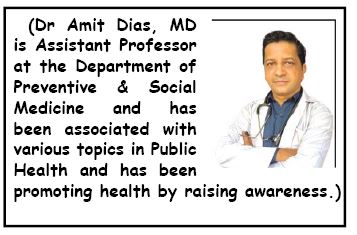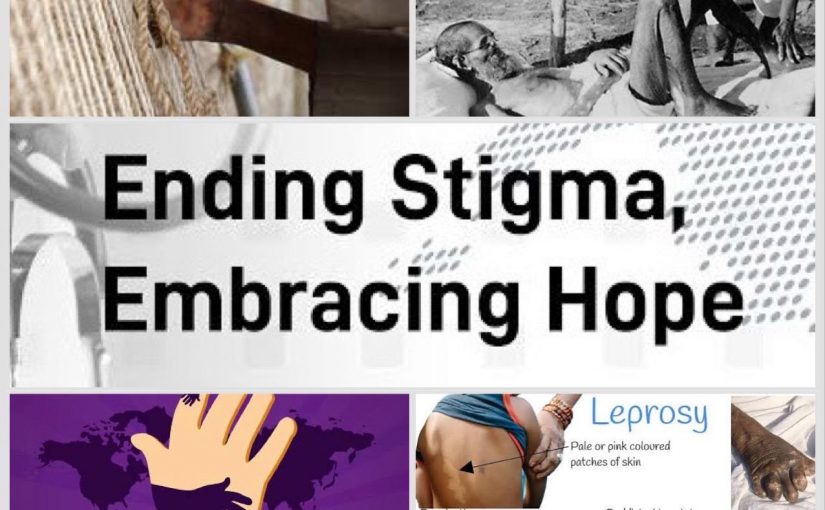An interview with Dr Amit Dias
Leprosy, once a dreaded disease, is now curable. This week we observe World Leprosy Day on January 28, 2024. We catch up with Dr Amit Dias (MD) to understand where we stand in our fight against leprosy. He says, “We have managed to eliminate it as a public health problem. However, India still contributes to a large burden on leprosy cases in the world. We need to raise awareness, fight stigma and discrimination and step up our fight against leprosy to eradicate it completely.”
Read this informative interview
GOAN OBSERVER: Doctor, there is so much fear associated with the word “Leprosy. On World Leprosy Day can you simplify and tell us more about the disease and is there a need to be afraid?
Dr Amit Dias: Yes, there is indeed a lot of fear associated with leprosy and that is because of the images we have of people with leprosy and the resultant deformities. It’s an ancient disease and is also mentioned in our religious texts. It was a dreaded disease as there was a time when there was no cure for the condition.
However, a lot has changed over the years and we now have effective drugs given as Multi Drug Therapy (MDT) to cure leprosy. We often associate leprosy with images of deformities the suffering patients develop. But we should know that leprosy presents in multiple ways and even a single patch with loss of sensation, could be leprosy.
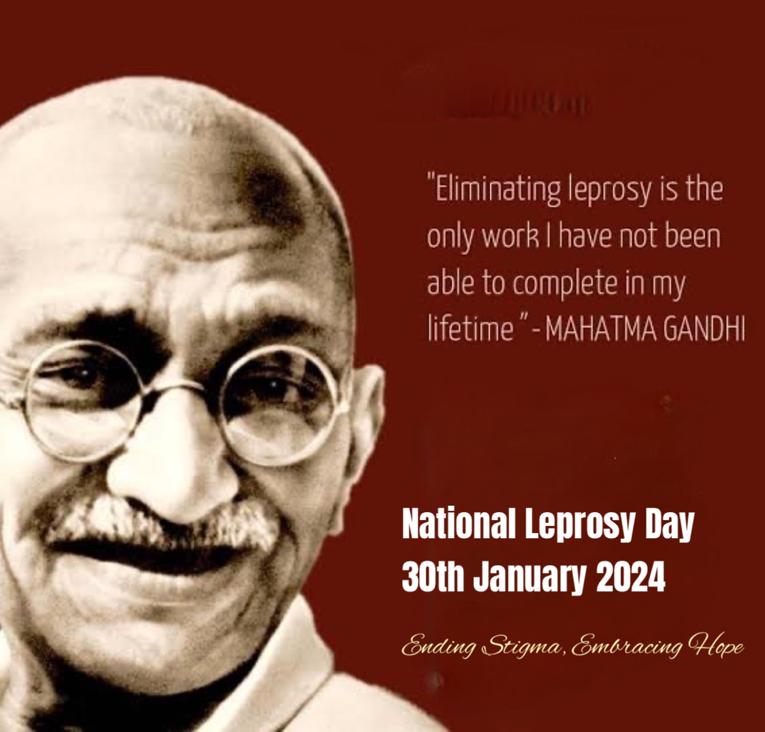
Q: Why is it sometimes referred to a Hansen’s disease?
A: Leprosy is a chronic infectious disease caused by the bacterium Mycobacterium leprae. The causative organism was first discovered by GH Hansen in Norway in 1873 and therefore it’s often called Hansen’s disease. We refer to it as Hansen’s disease as there is a lot of stigma associated with the word “leprosy.” Our Indian scientist Shantaram Yawalkar formulated the combination therapy that is used to treat the disease.
Leprosy primarily affects the skin, peripheral nerves, mucosa of the upper respiratory tract, and the eyes. It can cause a lot of deformity and therefore has to be detected early and treated. Please pass on the message — Leprosy is curable!
World Leprosy day is observed on the last Sunday of January and National Leprosy Day is observed on January 30 to mark the death anniversary of Mahatma Gandhi who contributed significantly to the cause of leprosy care.
Q: That’s interesting. Is leprosy contagious? How does it spread?
A: Leprosy is only mildly contagious and is mainly known to be transmitted through respiratory droplets. Prolonged close contact with an untreated, infected person is generally required for transmission. It is not as highly contagious as once believed, and the majority of people who come into contact with the bacteria do not contract the disease.
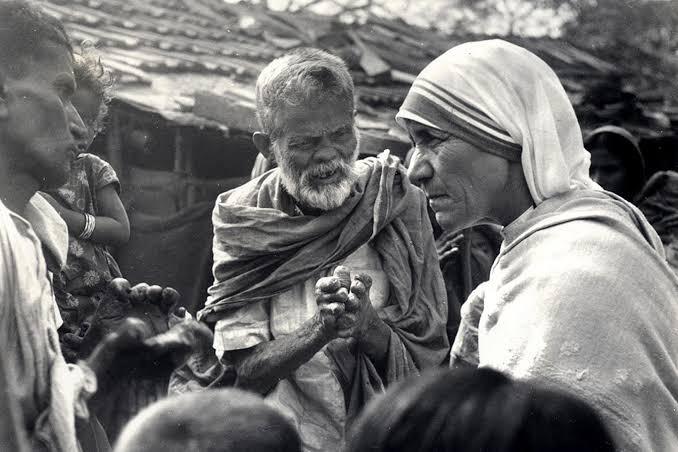
Q: What are the signs of leprosy and how is it diagnosed?
A: Leprosy manifests in various ways, often affecting the skin, nerves and eyes. Common signs include skin lesions, numbness and muscle weakness. Diagnosis is usually made through clinical examination, skin biopsy and microscopic examination of skin smears. If anyone has a hyper-pigmented (red) or hypo-pigmented (white) patch on their body with loss of sensation, please see a doctor immediately. Leprosy is often missed as people ignore patches on their body, we are not in the habit of examining every part of our body for leprosy lesions.
Q: India has a significant burden of leprosy. Can you provide some insight into the current situation and how many new cases are reported?
A: Yes, unfortunately, India continues to bear a considerable burden of leprosy. The latest data indicates that there are still thousands of new cases reported each year. It’s important to note that early detection and treatment are crucial to prevent disabilities associated with the disease. The good news is that we have managed to eliminate leprosy in our country, if we consider the national prevalence. However, there still are pockets in India where the prevalence is high. There are several cases reported from Goa as well.
On average, globally, there a new leprosy case is reported approximately every two minutes. However, it is important to highlight that this statistic varies across different regions and countries.
Now that we have eliminated leprosy, we should not be complacent, on the contrary we need to be aggressive in our approach and completely eradicate leprosy from our planet.
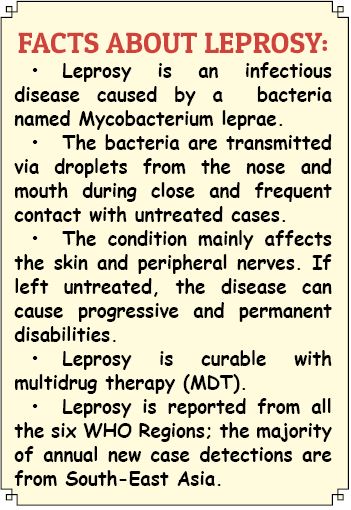
Q: You said that leprosy is curable, how long does the treatment last?
A: Leprosy is indeed curable with multidrug therapy (MDT), a combination of antibiotics. The duration of treatment depends on the form of leprosy but generally lasts from 6 months to a year. Just like tuberculosis, one needs to complete the full course to ensure that they get rid of the culprit organism from the bodily system. Early detection and consistent treatment are key factors in achieving a full cure. As of now, there is no vaccine for leprosy.
Q: Is leprosy hereditary?
A: No, leprosy is NOT hereditary. It is caused by a bacterial infection and is not passed down from parents to children.
Q: If there is a leper in the neighborhood, should others consider shifting residence, or is there a need to ask them to leave?
A: First it’s important to refrain from using words like “leper” which is inappropriate and discriminatory. They are people and once we understand this fact, we will treat them as human beings. It’s essential to dispel misconceptions about leprosy. It is not necessary for someone to change their residence or for others to ask them to leave. As I said earlier, leprosy is not easily transmitted and with proper treatment, individuals can lead normal lives without posing a risk to their communities.
Q: Before we end, what is your message for our readers?
A: The theme for this year is “Ending Stigma, Embracing Hope.” To combat the stigma surrounding leprosy, we need to raise awareness, educate communities and promote empathy. It’s crucial to emphasize that leprosy is a medical condition like any other and should not be a cause for discrimination. We should work towards the rehabilitation of people with leprosy and ensure that they lead a good quality productive life and do not end up as beggars on the street.
The government has started a program for leprosy – NLEP, it has been providing leprosy treatment and rehabilitation services free of cost. Let’s all fight to end stigma and embrace hope!
